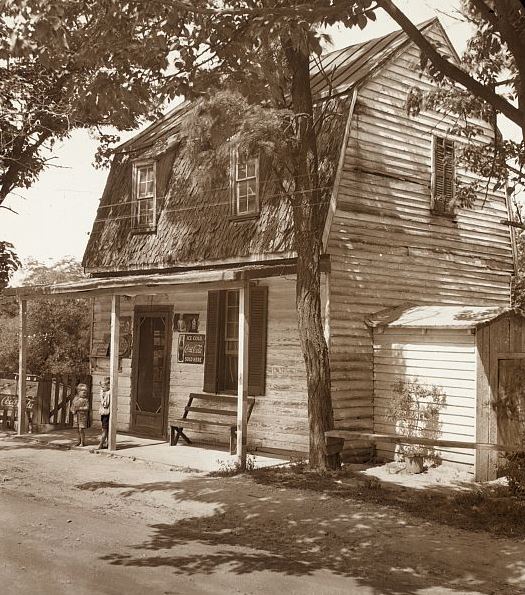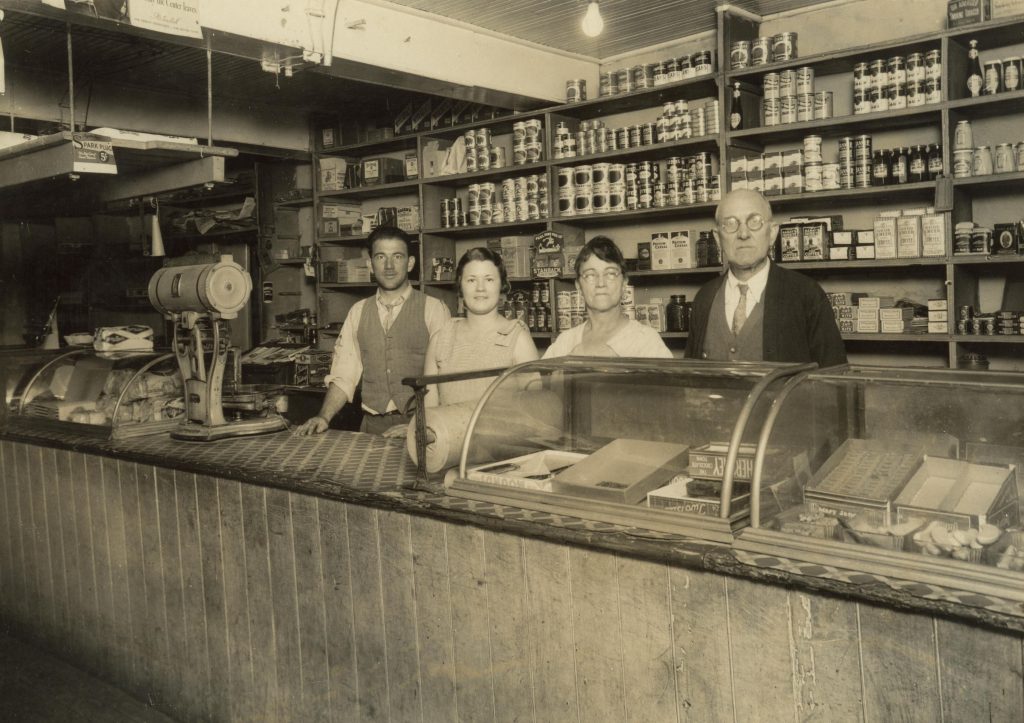Country Stores
— in 1880 and 1900, Stafford had less than 1 percent of its population in villages of fewer than 2,500 people.
— in 1900, only 2.6 percent of Stafford families had a member engaged in manufacturing.
Industries generally were attracted to urban environments. The closest approximation to that in the Rappahannock Region was Fredericksburg. Several factories emerged there and Staffordians found a way to acquire a small piece of the local economic pie.
Beyond that, Stafford would continue to do what it had always done: farming, lumber and fishing until the era of small business passed the country store-level.






With these realities, Stafford remained a rural place well into the twentieth century. Improved railroad facilities helped.
Roads remained the major drag on Stafford’s economic ship. Once a decent hard-surfaced road arrived in 1927, rest stops (food, lodging and gasoline) appeared. Similar impact was made later in the 1960s with the arrival of Interstate-95. With adequate roads, Stafford could attract outside businesses (and intended or unintended growth).

